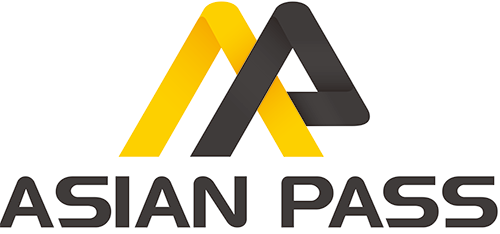For businesses that are simply trading or are distributors for companies, the trade discount operation is often encountered. And there are a lot of accountants who can’t tell when to determine when it’s a trade discount and when it’s not? Through today’s article, let’s find out with Pham Consult about this issue!

1. What is Trade Discount?
Trade discounts are items that businesses sell at listed prices to customers who buy in bulk. It can also be understood that, a trade discount is a deduction that buyers enjoy when buying in bulk or buying many times.
Trade discount has many forms, specifically implemented as follows:
- Trade discount for each purchase (Discount on the first purchase)
- Trade discount after many purchases (After many purchases, the volume can be discounted)
- Trade discount after the promotion program (After the sales invoice has been issued, then calculate the discount to be enjoyed in the period).
Each form of discount has its own regulations, and makes different invoices and tax declarations. However, there are also general state regulations on this trade discount.
2. Tax provisions on trade discounts
– Discount invoice:
For goods and services subject to the form of commercial discount for customers, on the VAT invoice, the sales price already discounted for the customer, VAT and the total payment price inclusive of VAT.
Can be divided into 3 cases of writing invoices with commercial discounts.
- Case 1: Write a commercial discount invoice based on each purchase
- Case 2: Write a commercial discount invoice when buying a large quantity
- Scenario 3: Invoice the discount amount when the promotion has ended
– VAT
For goods subject to a trade discount, the taxable price is the discounted price. In case of discount after being issued a sales invoice (commercial discount after many purchases, or maybe after a promotion program), the seller needs to issue an adjusted invoice clearly stating the discount, tax, revenue needs to be adjusted. The two parties will base themselves on the adjusted invoice to adjust their purchase, sale and tax revenue.
– CIT
Trade discount after issuing the adjusted invoice, the seller and the buyer both adjust to reduce the sale and purchase revenue that is not declared when calculating CIT.
3. Trade discount accounting
Trade discount deducted from the selling price reflected on the invoice (VAT or sales) is not recorded to account 521 but reflects the sales revenue at the price minus the closing price.
If the customer does not continue to buy goods, or when the CKTM index of the buyer is greater than the sales amount recorded on the last invoice, the payment must be paid to the buyer, the seller must make a payment voucher (not prepare a payment receipt). invoices) to record expenses and be credited to account 521; the buyer prepares receipts to record other incomes.
– Accounting for sellers with trade discounts, VAT declaration according to the credit method:
– Based on sales invoices, accounting:
- Record increase in revenue, output VAT:
Dr 131: Receivables from customers
Cr 511: Revenue from sale of goods and provision of services
Account 3331: Output VAT
- Concurrently transfer cost of goods sold:
Dr. 632
Account 156
– Based on the invoice with discount, the discount amount and the accountant shall record:
Dr 521: Trade discount
Dr 3331: Output VAT
Account 131: Receivables from customers
– Accounting for purchasers with trade discounts, VAT declaration by credit method:
Like the seller, if the discount is made for each purchase of the goods, the buyer accounts for the purchase revenue, as well as the input tax, at the discounted trade price. If the buyer receives the discount after many purchases, the following accounts shall be recorded:
– When buying
Dr 156: Goods
Dr 133: Deductible VAT
Cr 331: Payables to suppliers
– When receiving the discount invoice.
- If the discount is for inventory and a reduction to the cost of inventory and deductible VAT:
Dr 331: Payables to suppliers
Cr 156: Goods (allocated to cost of inventory)
Account 133: VAT is deductible
- If the discount is for consumed goods:
Dr 331: Payables to suppliers
Cr 632: Cost of goods sold (allocated to goods sold during the period)
Account 133: VAT is deductible
Thus, the article on Pham Consult has helped you learn what trade discount is and how to account for trade discount. Hope the article will be useful to you in your work.
PHAM CONSULT is a unit specializing in providing tax consulting services, financial consulting, accounting services, preparing and paying salaries. Customers can contact us via hotline: (84-28) 3930 2487 or Facebook communication channel: http://bit.ly/phamconsult if you need support.




 VI
VI